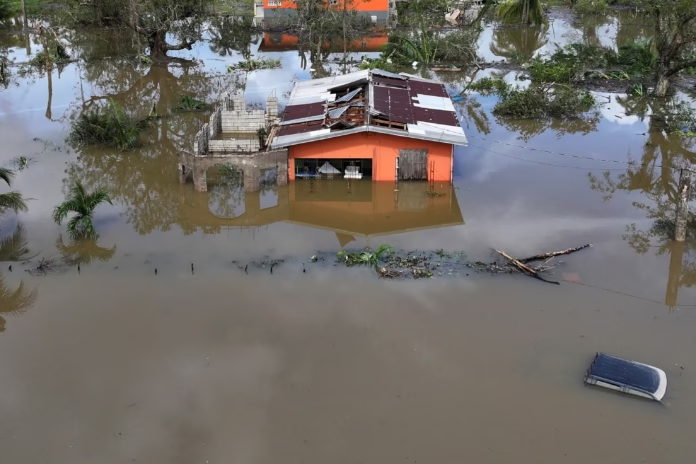Category 5 Hurricane Melissa made landfall in southwestern Jamaica on Tuesday, October 28th, before moving north over eastern Cuba and parts of Haiti, leaving a trail of destruction across the Caribbean. The powerful storm brought catastrophic flooding, landslides, and sustained winds of up to 185 miles per hour, tearing roofs from buildings, uprooting trees, and devastating infrastructure, agriculture, and tourism in its path.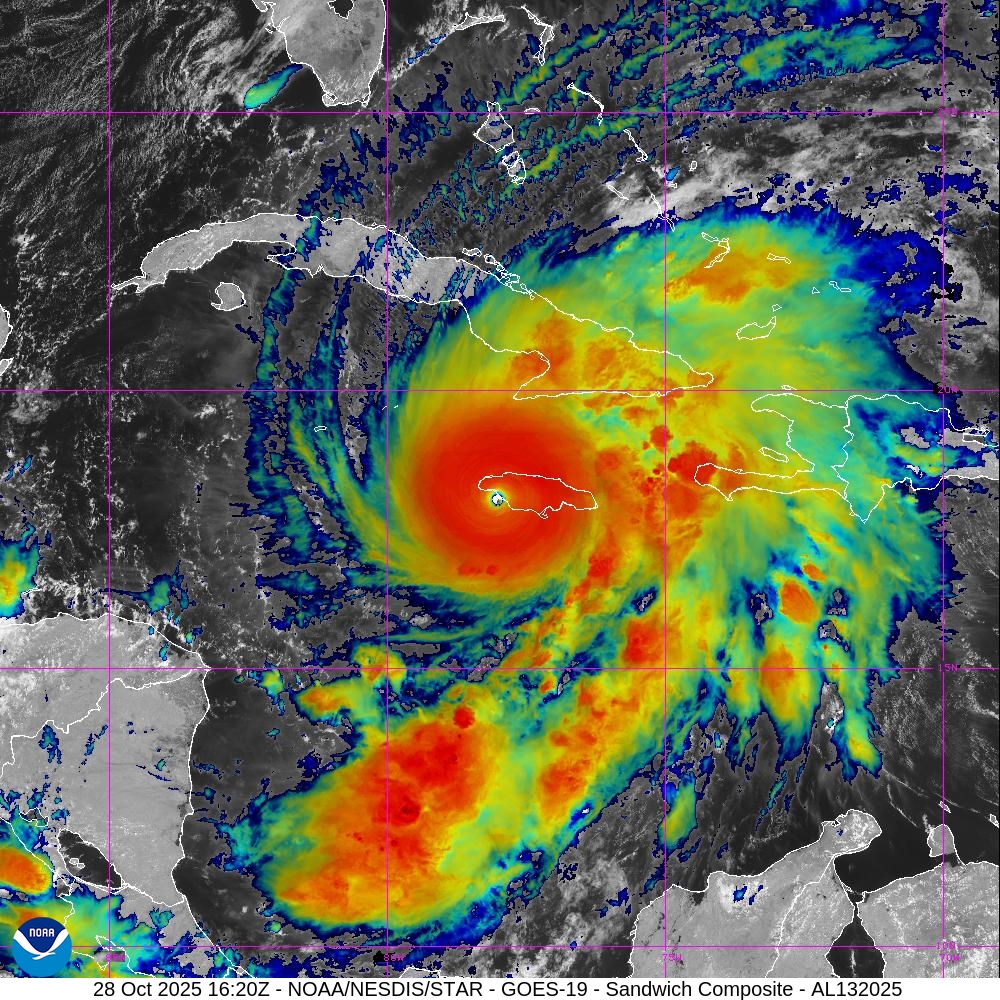
As assessment efforts began the following day, Jamaican officials reported four fatalities, while at least 25 people were confirmed dead in Haiti. Thousands of homes and businesses were damaged, and critical services remain disrupted in multiple communities. In Jamaica’s tourism hub of Montego Bay, strong winds ripped roofs off buildings and forced more than 25,000 residents into emergency shelters after their homes were destroyed. Additional deaths and widespread property damage were later confirmed as emergency teams worked to clear blocked roads and assist flooded neighborhoods. In St. Elizabeth Parish, a major landslide cut off access to several areas, while residents were seen sweeping water from homes and attempting to salvage possessions after heavy flooding.
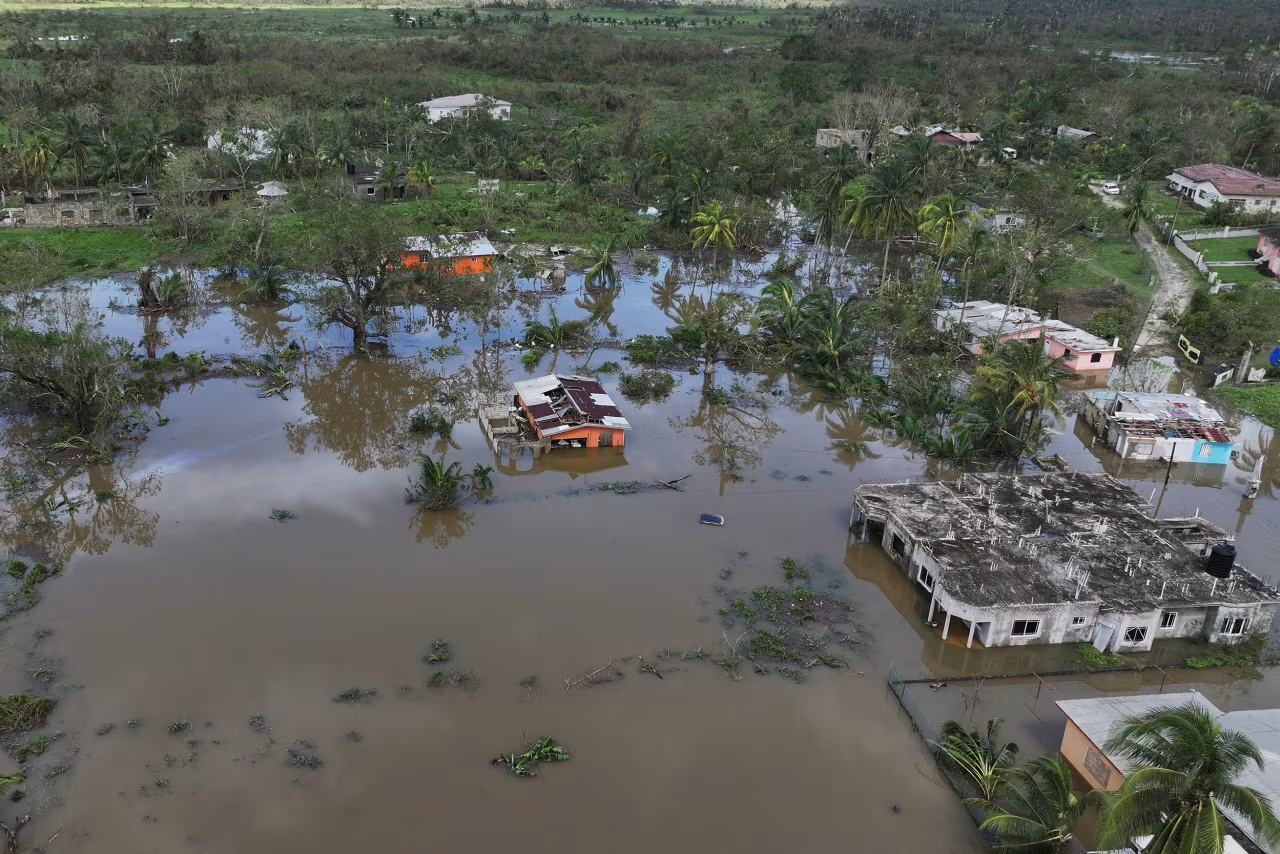
Jamaican Prime Minister the Most Honourable Andrew Holness visited some of the hardest-hit communities, pledging full government support for national recovery efforts. “The damage is great, but we are going to devote all our energy to mount a strong recovery,” he wrote on X, noting that the government will work to secure food resources after significant damage to agricultural production. Minister of Local Government Desmond McKenzie reported severe impacts across multiple parishes, including extensive flooding, storm surges, power outages, fires, and landslides. He stated that emergency teams, pre-positioned before landfall, were responding as reports came in. Authorities have emphasized that recovery will take time in the most severely affected areas, starting with the restoration of electricity and telecommunications services.
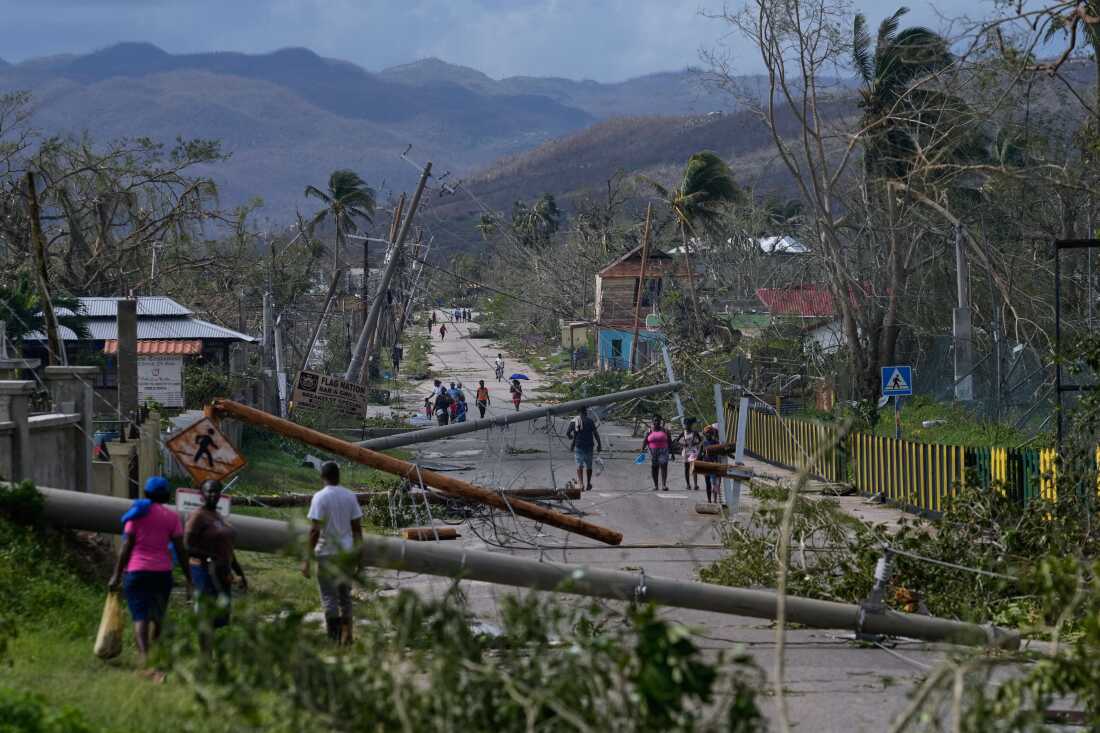
International support has begun to arrive, with the United Kingdom announcing £2.5 million in emergency funding and humanitarian assistance. Jamaican officials also confirmed plans to reopen the country’s three international airports by Thursday to support relief efforts and resume commercial operations.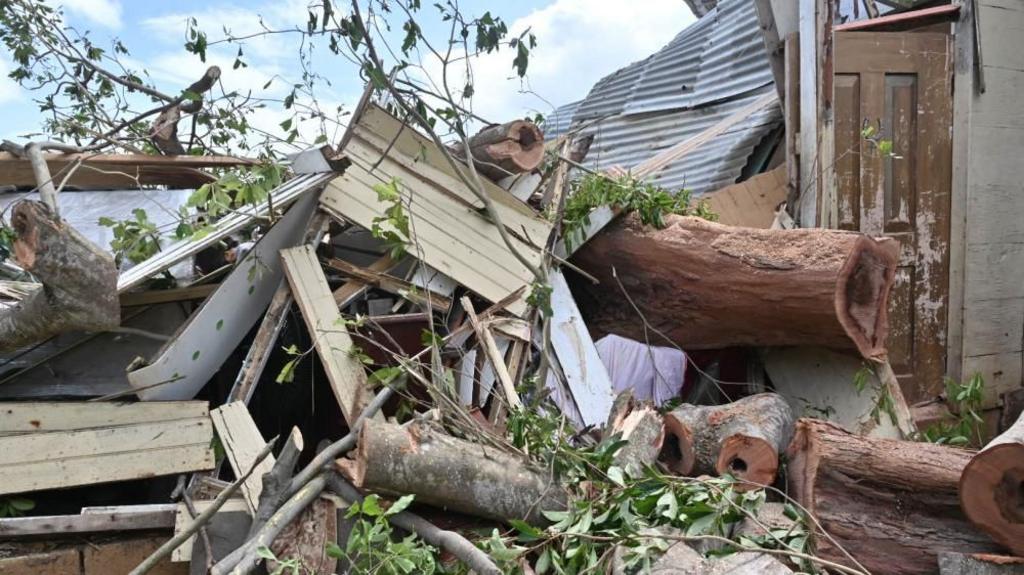
Belize has extended its support and solidarity in the face of the regional disaster. Prime Minister Honourable John Briceño expressed concern for those affected, stating, “Belize will come to the assistance of our brothers and sisters in Jamaica and the Caribbean.” Minister of Foreign Affairs Honourable Francis Fonseca also offered condolences and support. Further details on Belize’s assistance will be released in the coming days.
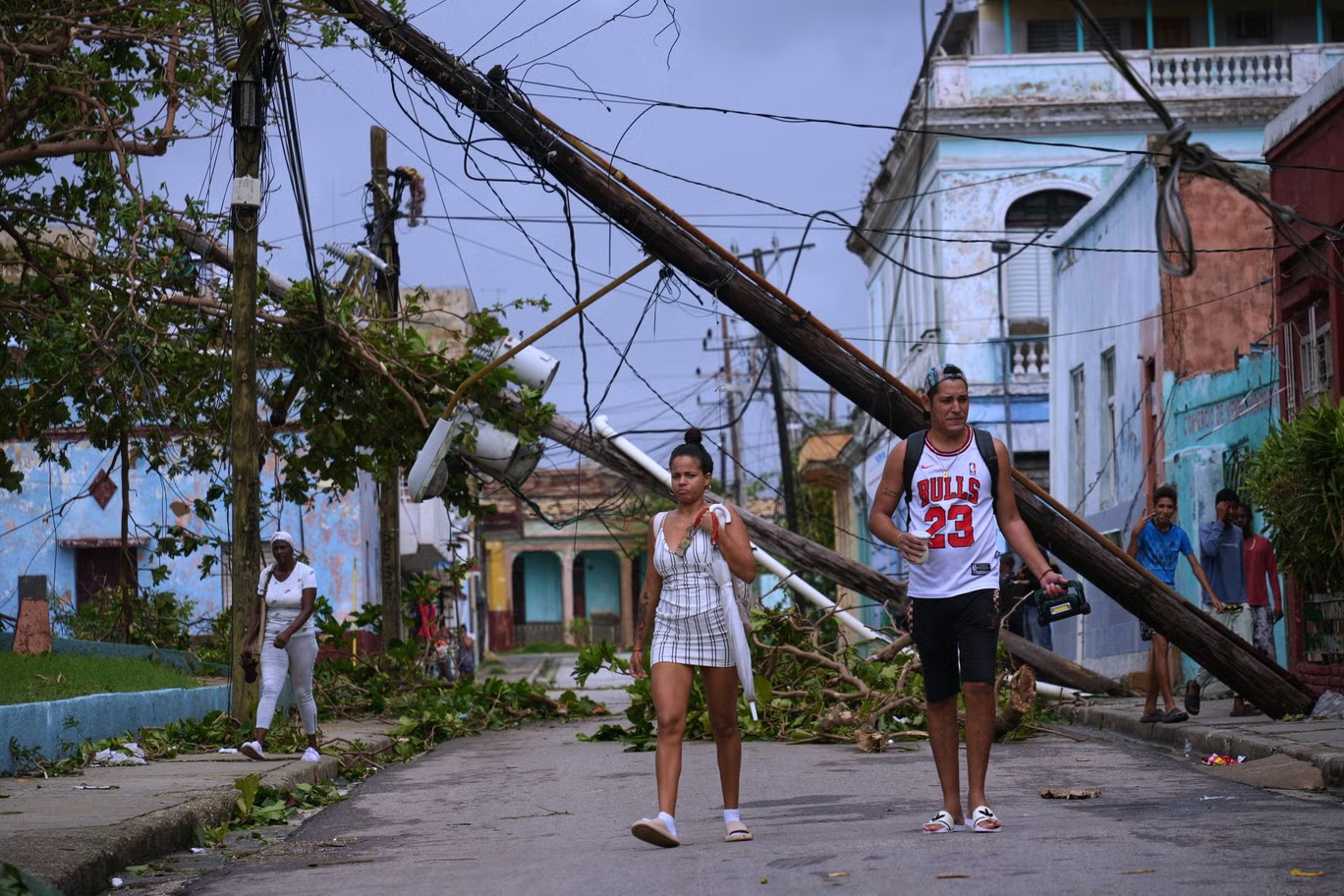
In Haiti, at least 25 people were killed and 18 remain missing, with reports indicating that 20 of the deaths and ten missing persons are from the southern coastal town of Petit-Goâve, where floods caused dozens of homes to collapse. In Cuba, authorities reported damaged homes, blocked mountain roads, and widespread roof failures, particularly in the southwest and northwest regions, as the storm passed.
As Melissa moved toward The Bahamas, damaging winds and heavy rainfall were reported on the southeastern islands on Wednesday evening. By nightfall, Melissa had weakened to a Category 1 storm with 90-mile-per-hour winds, located about 65 miles east of the central Bahamas and moving north-northeast at approximately 16 mph. Hurricane conditions continued throughout the night across southeastern and central Bahamian islands as the storm tracked toward Bermuda.
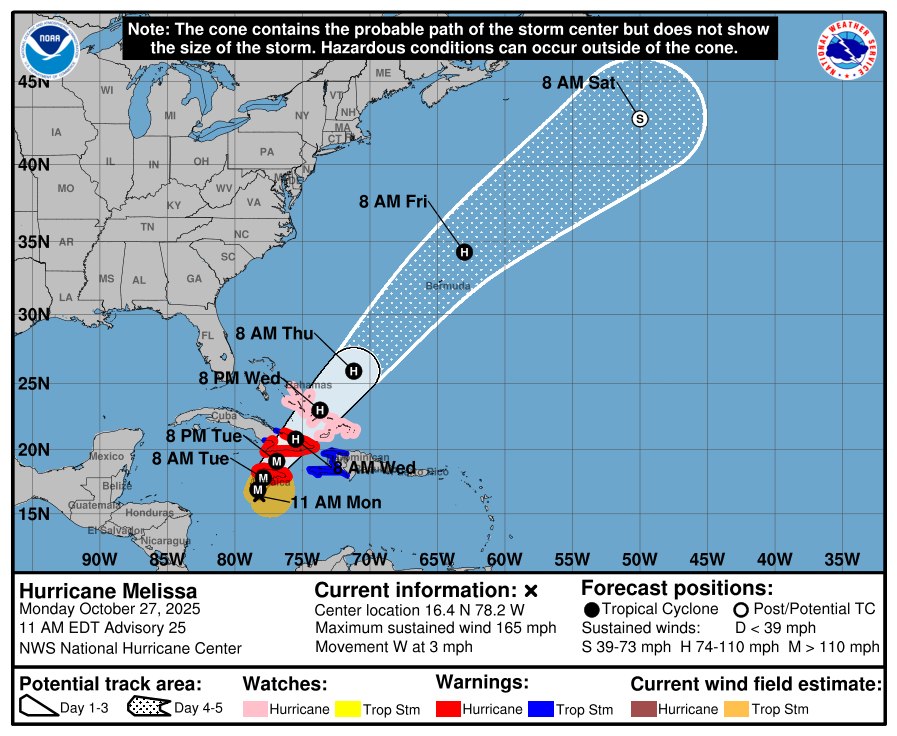
Meteorologists have noted that Hurricane Melissa underwent two periods of rapid intensification, a phenomenon increasingly linked to warming ocean temperatures. Experts report that Melissa’s winds strengthened by 70 mph in just 18 hours, fueled by unusually warm waters in the Atlantic and Caribbean and favorable upper-level wind conditions. With all three Category 5 hurricanes in 2025 intensifying rapidly, scientists warn that climate-driven changes to ocean temperatures are making storms more dangerous and unpredictable.
The National Emergency Management Organization (NEMO) in Belize reminds residents to remain prepared as the Atlantic hurricane season continues through November. Belize has not yet faced a direct threat this season, though the country experienced significant flooding during Tropical Storm Sara on November 17, 2024, which impacted the Cayo and Stann Creek Districts. Ambergris Caye and Caye Caulker also experienced localized flooding but reported no significant damage to their infrastructure.

